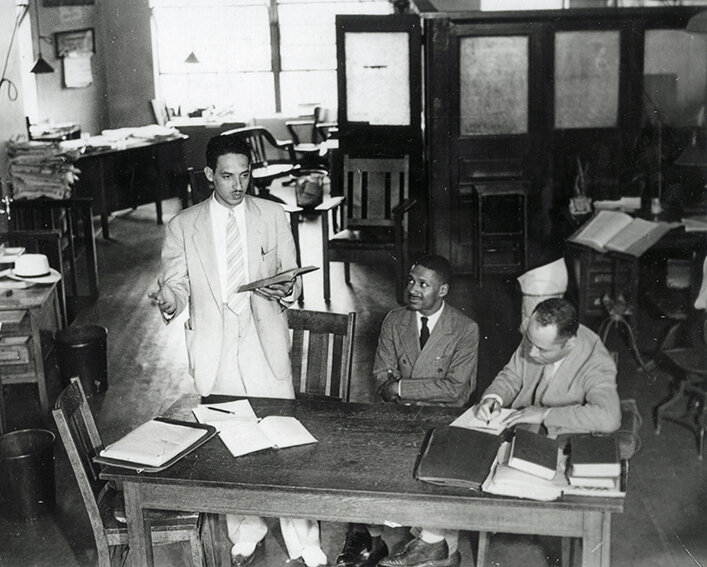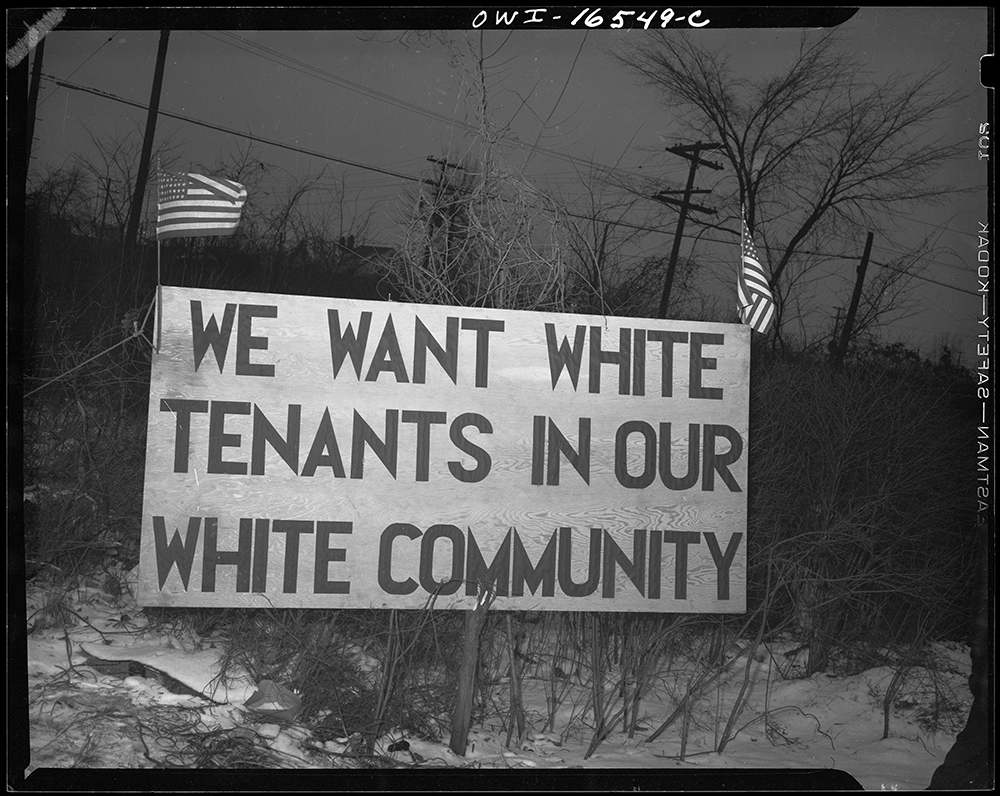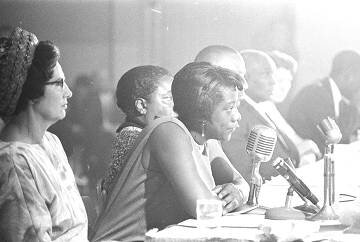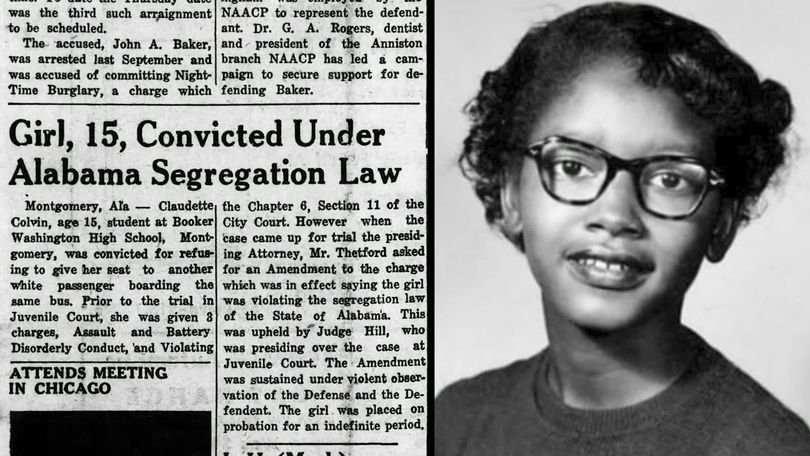Desegregation: Additional Readings
READING
Selected School Desegregation Court Cases, 1849–1969
From the Brown Foundation or Educational Equity, Excellence, and Research with additions from Teaching for Change
Selected school desegregation court cases before and after Brown v. Board of Education 1849-1969.
READING
Sarah Louise Keys
By Deborah Menkart
On Aug. 1, 1952, Pfc. Sarah Louise Keys traveled from Fort Dix, N.J., to her family’s home in Washington, NC. During a stop to change drivers, she was told to relinquish her seat to a white Marine and move to the back of the bus. Keys refused to move, whereupon the driver emptied the bus, directed the other passengers to another vehicle, and barred Keys from boarding it.
READING
Clyde Kennard Imprisoned for Attempting to Attend College in Mississippi
By Deborah Menkart
Korean War veteran Clyde Kennard put his life on the line in the 1950s when he attempted to become the first African American to attend Mississippi Southern College, now the University of Southern Mississippi, in Hattiesburg.
READING
Teaching Segregation and Inequality in Housing and Education
By Emilye Crosby
In recent years, there has been an outpouring of wonderful work documenting the structural basis of housing and educational segregation and inequality. Here are concrete examples focusing on essays, documentaries, podcasts, and websites for use in the classroom.
READING
Freedom’s Main Line: Louisville, Kentucky 1870-1871
From Learning for Justice
The story of how public transportation in Louisville, Kentucky was desegregated in 1870-1871, and stayed that way.
READING
Blackwell v. Issaquena Board of Education
By Dawn Keene
On April 1, 1965, the civil rights suit of Blackwell v. Issaquena Board of Education was filed on behalf of 300 African-American students from several schools across Issaquena County in Mississippi. The students were suspended for wearing and distributing “freedom” buttons after school administrators forbade them. The buttons were from the youth led civil rights organization, the Student Nonviolent Coordinating Committee (SNCC).
RESOURCE
Teaching About Brown v. Board of Education
Too often marked as the launch of the Civil Rights Movement, it is important to teach about the Supreme Court ruling in the context of the decades long struggle by people across the United States. Here are some lessons, books, films, and articles that can be used to teach about Brown v. Board in grades 4-12.
RESOURCE
Teaching the Montgomery Bus Boycott
Students learn from pre-school through high school that Rosa Parks refused to give up her seat in Montgomery, the buses were desegregated, and the Civil Rights Movement was launched. The disconnect between Rosa Parks’ arrest and the 381-day boycott creates the illusion that it was a spontaneous response to Rosa Parks’ civil disobedience. This, however, discounts the strategic brilliance and courage of the African American community in Montgomery.
Reading
Claudette Colvin Goes to Work
By Rita Dove
A poem about Claudette Colvin, who challenged segregation laws in Montgomery, Alabama prior to Rosa Parks' more famous protest.
RESOURCE
The Promise: Brown v. Board of Education, The Civil Rights Movement, and Our Schools
This special expanded issue of Rethinking Schools magazine (Volume 18, No. 3 – Spring 2004) celebrates the courage and dedication of those who risked their lives to end the scourge of segregation, and examines where we still need to go to eliminate racial inequities in our schools and our society. Activists and scholars provide unique perspectives on the Brown decision. And classroom teachers offer teaching ideas, readings, and lessons on segregation and desegregation and the Civil Rights Movement.










